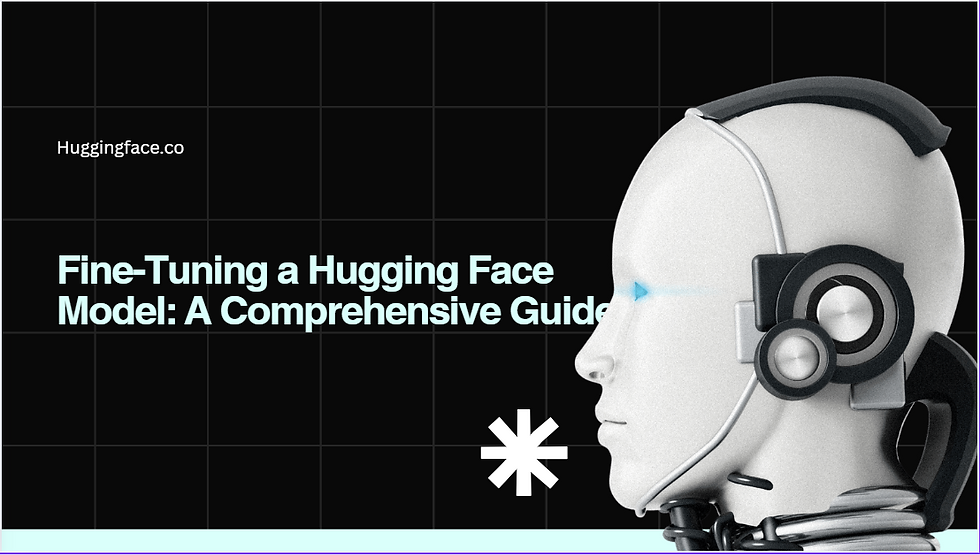Mastering PPC Strategies for E-commerce Businesses in 2025: Unlocking Growth and Revenue
- Bizzsoft Digital
- Jan 7
- 4 min read

Introduction: The Evolving Landscape of PPC for E-commerce
In 2025, the e-commerce landscape continues to grow at a staggering pace. With advancements in technology, changing consumer behavior, and intensified competition, leveraging Pay-Per-Click (PPC) advertising has become more crucial than ever. As traditional SEO strategies take time to yield results, PPC provides immediate visibility, targeted reach, and measurable ROI, making it indispensable for e-commerce businesses.
This blog post explores advanced PPC strategies tailored for e-commerce businesses in 2025. By implementing these tactics, businesses can optimize their campaigns, improve conversion rates, and stay ahead in the competitive marketplace.
1. Leveraging AI-Driven Automation
Why AI Matters in PPC Today
Artificial Intelligence (AI) has revolutionized PPC advertising. In 2025, AI tools allow advertisers to optimize bids, predict customer behavior, and deliver personalized ads in real-time. Platforms like Google Ads and Microsoft Advertising now offer enhanced machine learning algorithms to maximize campaign performance.
Key Strategies:
Smart Bidding: Utilize Google’s Smart Bidding strategies such as Target ROAS (Return on Ad Spend) and Maximize Conversions. AI analyzes historical data to adjust bids dynamically for the highest ROI.
Predictive Analysis: Leverage predictive analytics tools to anticipate customer intent and refine ad targeting.
Dynamic Creative Optimization (DCO): Automate ad creation with AI-powered tools to deliver hyper-personalized creatives based on user preferences and behavior.
2. Enhanced Targeting with First-Party Data
The Shift to Privacy-First Advertising
With third-party cookies being phased out, reliance on first-party data has become critical. E-commerce businesses must harness their own data to build robust PPC campaigns.
Key Strategies:
Customer Match in Google Ads: Use email lists and purchase data to create highly targeted campaigns.
Lookalike Audiences: Generate lookalike audiences on platforms like Meta Ads using your existing customer profiles to expand reach.
CRM Integration: Integrate your CRM system with ad platforms to ensure seamless targeting and remarketing.
3. Maximizing ROI with Video Ads
Video Ads: The Future of Engagement
Video content remains a dominant force in e-commerce advertising. Platforms like YouTube, Instagram, and TikTok offer unparalleled opportunities for showcasing products and driving conversions.
Key Strategies:
Shoppable Video Ads: Use platforms that enable direct product purchases from video ads.
Short-Form Content: Create engaging, short-form videos optimized for platforms like TikTok and Instagram Reels.
Live Shopping Ads: Integrate live shopping events into your PPC strategy to foster real-time interaction and sales.
4. Prioritizing Localized PPC Campaigns
The Rise of Hyper-Local Advertising
As consumers increasingly value localized shopping experiences, e-commerce businesses must adapt by creating region-specific PPC campaigns.
Key Strategies:
Geo-Targeting: Use advanced geo-targeting to deliver ads to specific locations.
Local Inventory Ads: Showcase products available at nearby stores.
Language Personalization: Tailor ad copy in regional languages to improve engagement.
5. Utilizing Multi-Channel Attribution
Understanding the Customer Journey
The modern customer journey involves multiple touchpoints. Multi-channel attribution helps e-commerce businesses understand which PPC efforts contribute most to conversions.
Key Strategies:
Attribution Modeling: Use Google Analytics’ data-driven attribution model to identify high-performing channels.
Cross-Device Tracking: Ensure seamless tracking of customer interactions across devices.
Conversion Path Analysis: Analyze customer journeys to refine your ad strategies.
6. Investing in Shopping Ads and Marketplaces
Shopping Ads Dominate PPC in E-commerce
Google Shopping Ads, Microsoft Shopping, and marketplace ads on platforms like Amazon continue to drive significant traffic and sales for e-commerce businesses.
Key Strategies:
Enhanced Product Listings: Optimize product titles, descriptions, and images to improve CTR.
Performance Max Campaigns: Use Google’s Performance Max to manage Shopping Ads alongside other formats.
Marketplace Ads: Invest in Amazon Sponsored Products and Walmart Connect ads to increase visibility.
7. Harnessing the Power of Remarketing
Staying Top-of-Mind
Remarketing remains one of the most effective ways to re-engage users who have already interacted with your website or app.
Key Strategies:
Dynamic Remarketing: Serve tailored ads showcasing products users viewed or added to their cart.
Cross-Sell and Upsell Campaigns: Target past customers with complementary or premium product offers.
Abandoned Cart Remarketing: Use personalized ads to encourage users to complete their purchases.
8. Focusing on Voice Search and Smart Devices
The Voice Revolution in E-commerce
With smart speakers and voice assistants becoming mainstream, e-commerce businesses must adapt their PPC strategies to capitalize on voice search.
Key Strategies:
Voice-Optimized Keywords: Incorporate natural language keywords and phrases into your campaigns.
Actionable Commands: Design ads that align with voice search queries, such as “Buy” or “Order.”
Smart Device Advertising: Leverage platforms like Amazon Alexa and Google Home to run targeted ads.
9. Real-Time Analytics and Reporting
Data-Driven Decision-Making
Real-time analytics provide insights into campaign performance, allowing businesses to make swift adjustments for better results.
Key Strategies:
Live Dashboards: Use tools like Google Data Studio to monitor PPC performance in real-time.
A/B Testing: Continuously test ad copy, creatives, and landing pages to identify winning combinations.
KPI Tracking: Focus on metrics such as CTR, CPC, and ROAS to optimize campaigns effectively.
10. Partnering with Influencers for PPC Campaigns
Influencer Marketing Meets PPC
Collaborating with influencers amplifies PPC campaigns by blending authentic endorsements with paid promotions.
Key Strategies:
Affiliate Partnerships: Work with influencers to create affiliate PPC campaigns driving measurable results.
Sponsored Posts: Combine influencer content with paid ads for greater reach.
Custom Landing Pages: Direct influencer traffic to bespoke landing pages for better conversions.
Conclusion: Future-Proofing Your PPC Strategy
The year 2025 presents immense opportunities for e-commerce businesses willing to innovate their PPC strategies. By embracing AI-driven tools, leveraging first-party data, and prioritizing emerging trends like video ads and voice search, businesses can achieve unparalleled success in their advertising efforts.
Investing in a comprehensive PPC strategy is not just about staying competitive; it’s about thriving in a rapidly evolving digital landscape. Use these insights to craft a data-driven, customer-centric approach that maximizes growth and revenue for your e-commerce business.
.png)


Comments